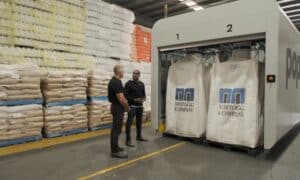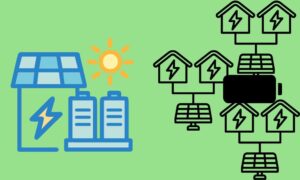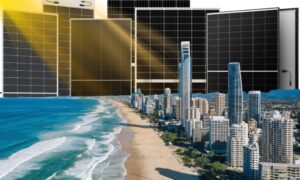The solar cost story might be twice as good as the government thinks.
The BREE report – the first ever attempt to do a proper assessment of the cost profiles of 40 competing technologies (essentially solar, wind, coal, gas, biomass, wave and nuclear, and their variations) – said that by 2030, utility scale solar PV would deliver the cheapest of any technology options. Even, by 2020, wind and solar would be cheaper than fossil fuels, although landfill gas and nuclear (in a controversial and hotly disputed conclusion) could still match them at that time.
Needless to say, this is something of a game changer for the Australian energy industry. But the BREE report might only be telling half the story, because many in the solar industry, and financial analysts, suggest that the BREE forecasts for solar PV – and solar thermal – may be twice as high as what the industry expects.
First of all, there is a crucial point to be made here: producing electricity from a fully depreciated, 40-year coal plant with a mine at the doorstep, still remains the cheapest form on energy in this country. But whatever energy policies are taken in the future, Australia will need to replace virtually all its current capacity in the decades to comes – at least by 2050. That’s why the BREE report is crucial, because it suggests that solar and wind offer the cheapest options for the future. They may, in fact, offer the cheapest options for the present.
The BREE report though, which was prepared with the help of engineering consultant WorleyParsons, an equally conservative organization, is being criticized because it is not taking into account some of the real-world experiences, and some of the more common industry forecasts. And, in some cases, its conclusions are contradictory or don’t make sense.
The report notes some of the dramatic cost reductions in the price of modules in the last two years, but their capital cost estimates for 2016, for instance, assume only modest reductions in the price of modules in the coming five years, and a rise in the balance of systems costs.
Indeed, their capital cost projections are no different than their 2012 estimates. But even this figure, at $3.38/W, it is more than 50 per cent higher than what some solar developers have indicated they are bidding in the ACT solar auction (some say they are calculating $2/W. The results of that auction could be a good reality check for the BREE forecasts.
The report also draws some bizarre conclusions from the US Department of Energy’s Sunshot program, whose aim is to reduce the price of an installed module from $3.80/watt in 2010 to less than $1/watt by 2020, when it will be producing energy at $65/MWh, and be cheaper than gas or coal.
The BREE report suggests the DOE is now looking to reduce installed costs to $2.20/W by 2016, but as DOE Secretary Stephen Chu explained in March, it is practically already there. The cost of modules has plunged from $1.80/W to 70c/W (and is expected to be at 50c/W by 2015), and the balance of systems costs are already down around 20 per cent to $1.50/W.
BREE is probably right in suggesting that the best solar PV will be producing energy at a levelised cost of $50/MWh by 2030, but its median point is the problem, especially given the DOE forecasts. By 2020, BREE says the median point for non-tracking solar PV will be $133/MWh, more than double the DOE’s prediction.
And then, it predicts that for the entire decade from 2020 there will be a total reduction in costs of just 7 per cent – less than one per cent a year. Given the efficiency and manufacturing gains that are anticipated in the sector, not to mention the balance of systems costs, the expected arrival of major semi-conductor firms into the manufacturing business, this seems extraordinarily conservative.
The good news is that BREE will be updating its forecasts every six months, and will be undertaking a wholesale review every two years. This is important. The current report is a crucial first step along the path for government policy makers to appreciate that renewable energy represents not just a cleaner future, but a cheaper energy future. This is a point made repeatedly by the likes of the International Energy Agency.
But it will be essential for BREE to maintain an active process of cost updates – because its forecasts will shape policy decisions on carbon pricing, renewable energy targets, even the 100 per cent renewable assessment that has been requested by The Greens. Given the infrastructure and new plant that will be required over the coming decades, it is critical that it has the best information to hand, and still not be blinded by the views of traditionalists that still have trouble accepting that an energy grid could ever look much different to the one we have had for the last 50 years.
Giles Parkinson is the founder and editor of RenewEconomy.com.au, a website providing news and commentary on cleantech, climate and carbon issues. He is a journalist with three decades experience, a former Business Editor and Deputy Editor of the Financial Review, a columnist for The Bulletin magazine and The Australian, and the former editor of Climate Spectator.














































